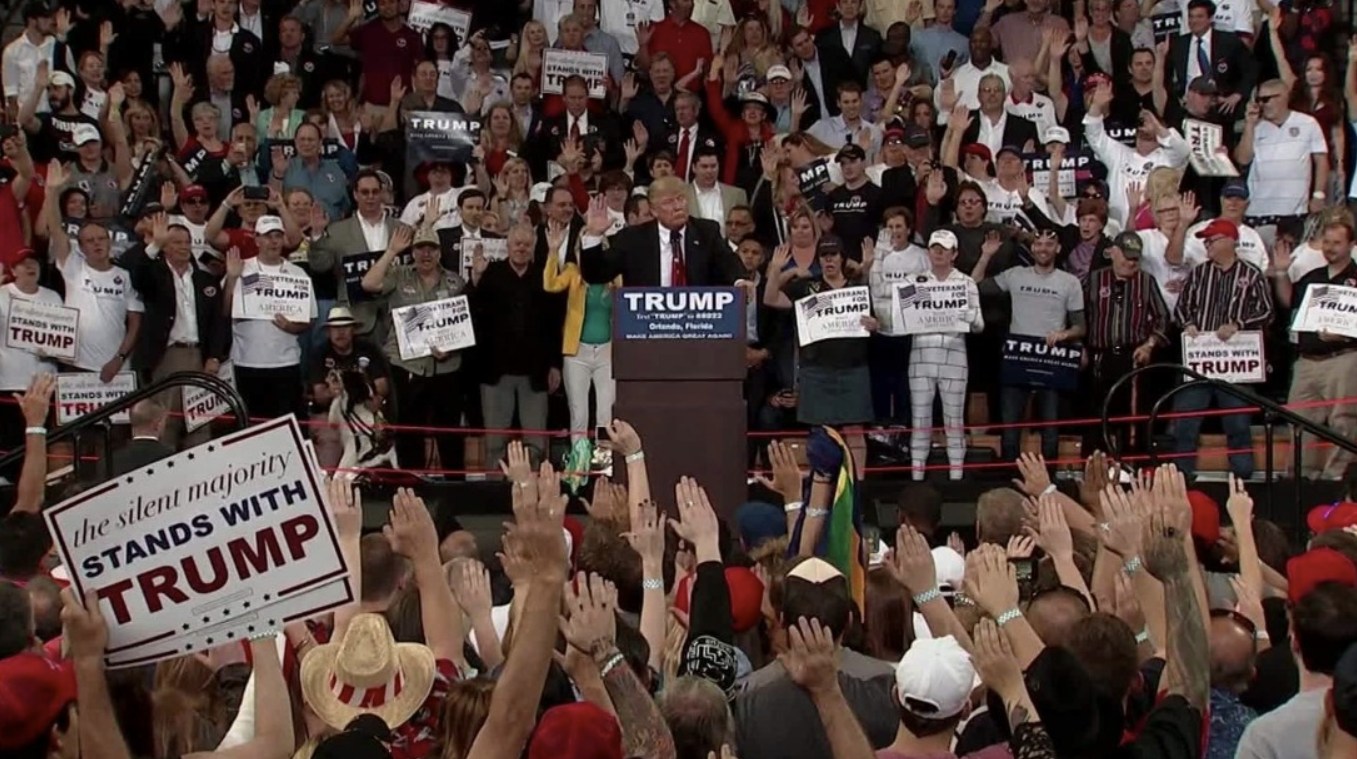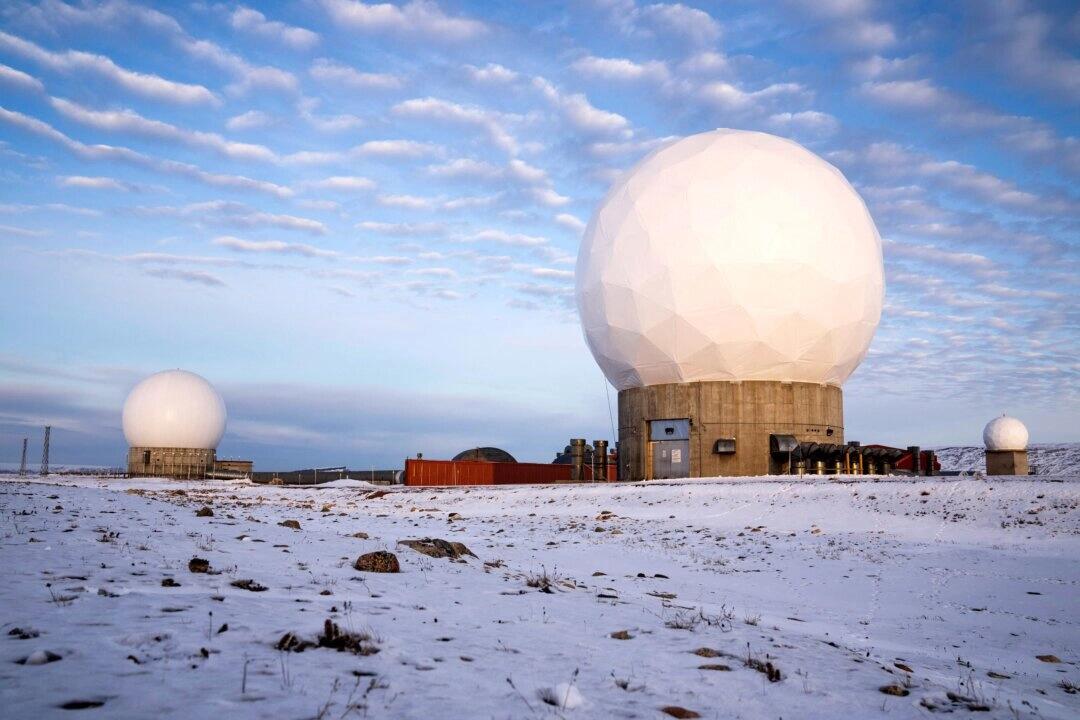As Donald Trump embarks on his second term as President, the expectations are monumental. His agenda—securing the border, revitalizing the economy, dismantling bureaucratic overreach, and restoring America’s global standing—is nothing short of transformative. Supporters see him as a singular force, capable of reshaping the nation through sheer will. Yet, no president can achieve such sweeping goals in isolation. Trump’s success will depend on building a coalition of allies, navigating a complex political landscape, empowering a capable team, and, crucially, harnessing the power of grassroots activism to drive his vision forward.
The Limits of Presidential Power
The presidency, while powerful, is constrained by the U.S. system of checks and balances. Congress, the judiciary, and state governments all play pivotal roles in shaping policy. Trump’s first term illustrated both the potential and the limitations of executive action. Achievements like tax cuts, deregulation, and judicial appointments were significant, but initiatives like the border wall or repealing Obamacare faltered due to congressional opposition, court rulings, or internal divisions.
In 2025, Trump faces similar challenges. Even with a Republican-controlled Congress, passing legislation requires unity within a party often divided by ideological factions—moderates, populists, and traditional conservatives. Without a cohesive strategy, his agenda risks stalling. At the state level, governors and legislatures hold sway over issues like education, election integrity, and law enforcement. Trump will need their cooperation, which demands political dexterity and compromise.
The Bureaucratic Maze
The federal bureaucracy poses another formidable hurdle. The so-called “deep state”—career civil servants, entrenched agencies, and regulatory bodies—can obstruct even the most determined presidential agenda. Trump’s first term saw resistance from within, from leaks to policy sabotage. His pledge to “drain the swamp” resonated deeply but proved difficult to execute.
To overcome this, Trump must appoint loyal, competent administrators who can navigate the complexities of federal agencies. Figures like Elon Musk or Vivek Ramaswamy, rumored to play advisory roles, bring bold ideas but lack bureaucratic experience. Seasoned operatives who can counter inertia and implement policy are essential. Trump’s ability to delegate effectively will determine whether his reforms take hold.
The Power of Grassroots Activism
Trump’s political movement has always been rooted in the energy of ordinary Americans. His base—millions disillusioned with elites, media, and establishment politics—is his greatest asset. Grassroots activism is the lifeblood of this movement, and its importance cannot be overstated. To enact lasting change, Trump needs an engaged citizenry that amplifies his agenda beyond the White House.
Grassroots activists can pressure Congress to pass legislation, hold elected officials accountable, and advocate for state-level reforms. From organizing rallies to flooding congressional offices with calls, emails, and petitions, these efforts can shift the political calculus. In Trump’s first term, grassroots support helped drive policies like the Tax Cuts and Jobs Act and sustained momentum for his judicial nominations. In 2025, this energy will be even more critical.
Local activism can also shape state policies on issues like immigration enforcement, election security, or energy deregulation. Community organizing, town halls, and voter mobilization can ensure that state leaders align with Trump’s vision. Movements like “America First” thrive when citizens take ownership, turning rhetoric into action. For example, grassroots campaigns could push for voter ID laws or challenge local sanctuary city policies, creating a groundswell of support that complements federal efforts.
However, grassroots activism must extend beyond Trump’s core base. To build a broader coalition, activists should engage independents and moderates who may support his policies but are wary of his polarizing style. Town hall meetings, social media campaigns, and community outreach can bridge this gap, framing Trump’s agenda in ways that resonate with diverse audiences. This inclusive approach can sustain momentum and counter opposition narratives.
The Risks and Rewards
Trump’s reliance on his base carries both opportunities and risks. His unapologetic rhetoric galvanizes supporters but can alienate potential allies. Grassroots activists must navigate this tension, advocating passionately while building bridges. Overzealous or divisive tactics could backfire, fueling opposition and undermining Trump’s broader appeal. Strategic, disciplined activism—focused on policy wins rather than personal loyalty—will be key.
A Global Stage
Internationally, Trump’s “America First” doctrine requires cooperation from allies and adversaries. While grassroots activism is less directly impactful here, public support can bolster his negotiating position. Rallies, social media campaigns, and public demonstrations of unity can signal to the world that Trump’s policies reflect the will of the American people, strengthening his hand in trade talks or diplomatic negotiations.
A Team Effort Amplified by the Grassroots
Trump’s vision is bold, but its success depends on more than one man. He needs a unified Republican Party, cooperative state leaders, a competent administration, pragmatic foreign allies, and, above all, a vibrant grassroots movement. His leadership style—decisive and often solitary—has been his strength, but it must be paired with the collective power of millions of Americans.
Grassroots activism is the engine that can drive Trump’s agenda forward, turning promises into reality. By mobilizing communities, pressuring lawmakers, and broadening support, activists can amplify his efforts and overcome institutional resistance. Trump can’t do it alone, but with a citizenry united behind him, he won’t have to. The stakes are high, and the opportunity is now. America is watching, and the world is waiting.



